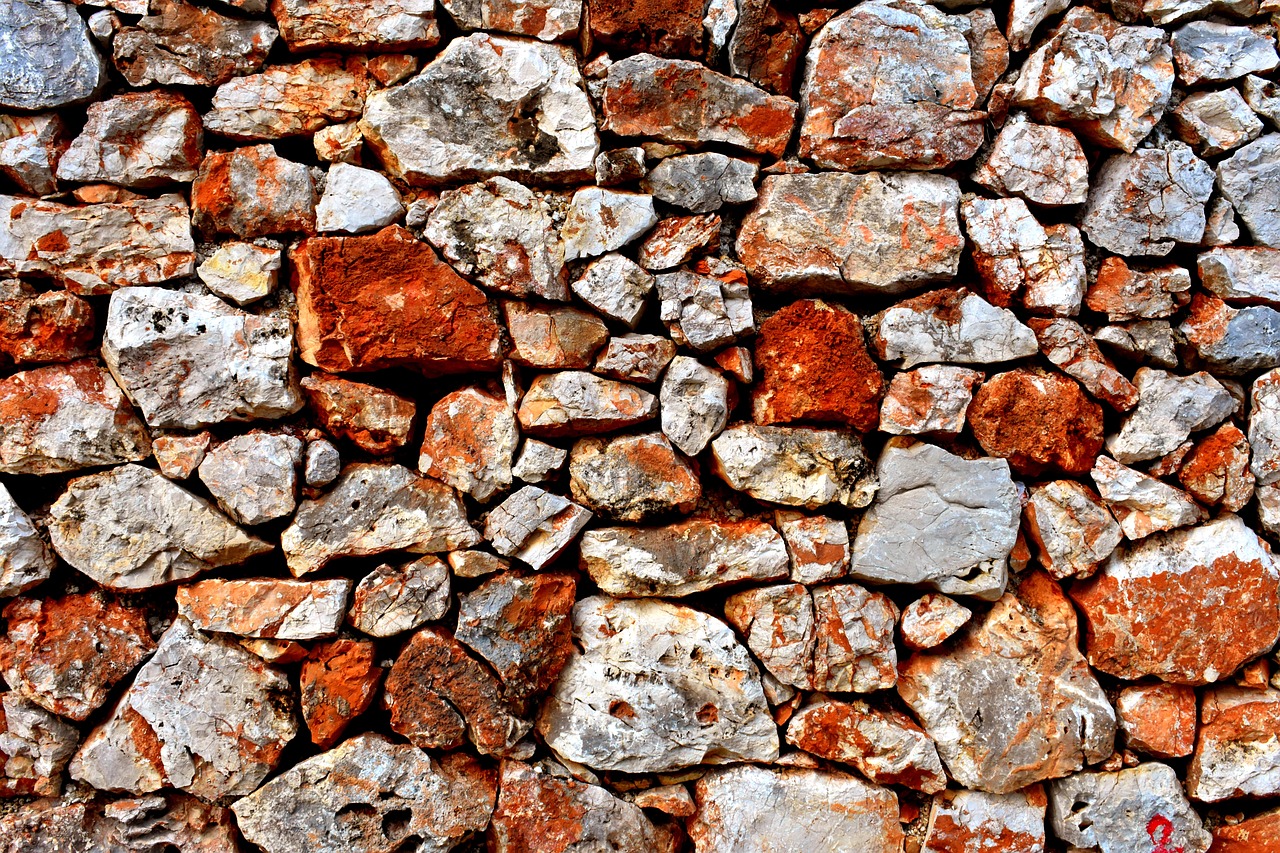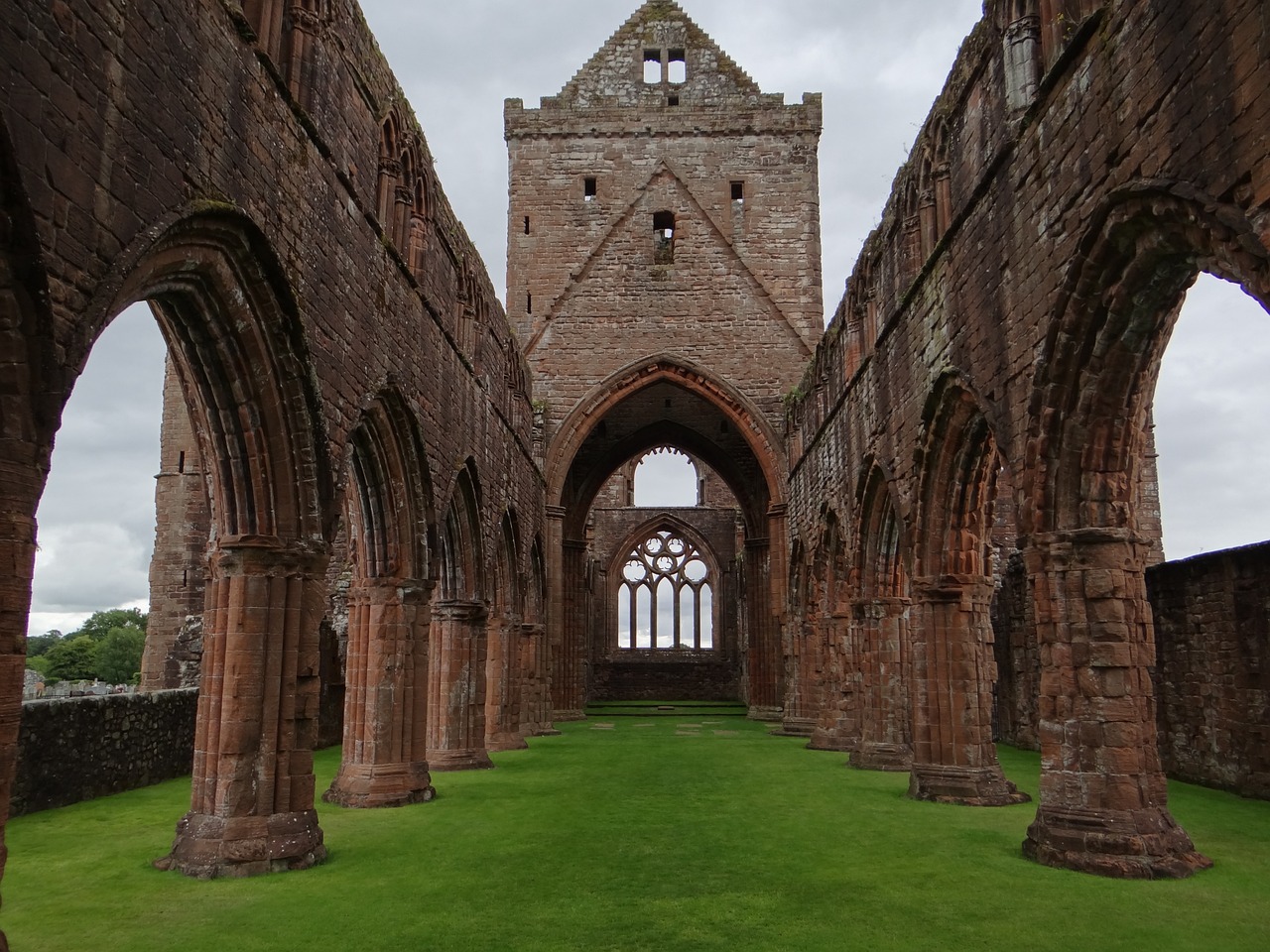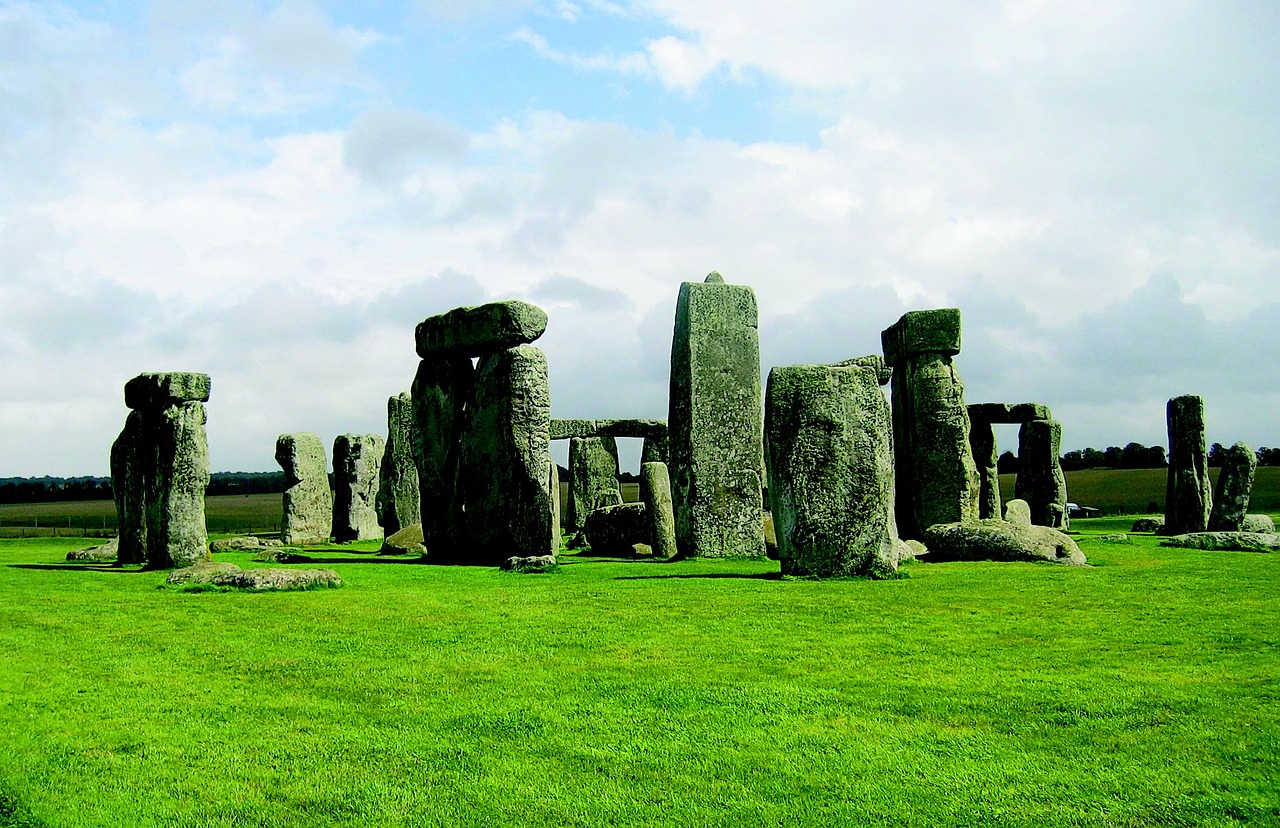The Mystery of the Stone Circles of Scotland
Have you ever wondered about the enigmatic stone circles scattered across the picturesque landscapes of Scotland? These ancient structures, shrouded in mystery and intrigue, have captured the imagination of historians, archaeologists, and curious minds for centuries.
Stepping into the realm of the Stone Circles of Scotland is like embarking on a journey through time, where the echoes of the past whisper tales of ancient civilizations and their profound connection to the land and the cosmos.
As you gaze upon these stone marvels, standing stoically against the test of time, you can't help but ponder the historical significance they hold. These megalithic structures, crafted with precision and purpose, offer a glimpse into the cultural practices and beliefs of the ancient peoples who erected them.
Were these stone circles mere markers of time and seasons, or did they hold a deeper alignment with celestial bodies? The astronomical theories surrounding these ancient monuments suggest a fascinating link between the positioning of the stones and celestial events like solstices and equinoxes.
Delving deeper into the heart of the Stone Circles of Scotland, one can unravel the symbolism and rituals that once enlivened these sacred sites. These circles were not merely arrangements of stones but symbolic portals to another realm, where rituals and ceremonies intertwined with the spiritual fabric of the ancient world.
Archaeological excavations have unearthed burial sites near these stone circles, offering poignant insights into the ancient burial practices and beliefs of the past. The presence of human remains near these mystical structures adds another layer of intrigue to their enigmatic aura.
While the ancient allure of the stone circles continues to captivate us, modern interpretations shed new light on their significance. From conservation efforts to the influx of curious tourists, these ancient sites remain a focal point of ongoing research and exploration.

Historical Significance
The stone circles of Scotland hold a deep historical significance, offering a glimpse into the ancient past and the cultural practices of the people who erected these mysterious structures. These stone circles, constructed using immense stones arranged in circular formations, are believed to date back to the Neolithic and Bronze Ages, showcasing the advanced architectural skills of the ancient inhabitants of Scotland.
Archaeological studies have revealed that the construction of these stone circles involved careful planning and precise positioning of the stones, indicating a sophisticated understanding of geometry and engineering. The purpose behind these monumental structures remains a subject of debate among historians and researchers, with theories ranging from astronomical observatories to ceremonial sites.
The historical significance of the stone circles is further emphasized by their alignment with celestial bodies, suggesting a possible connection to ancient astronomical practices. Some researchers propose that these stone circles were strategically positioned to align with the movements of the sun, moon, and stars, serving as markers for important celestial events such as solstices and equinoxes.
Moreover, the cultural practices of the ancient peoples who built these stone circles are thought to have been deeply intertwined with nature, spirituality, and the cosmos. The symbolic meanings attributed to these structures point towards their role in rituals, ceremonies, and possibly as sacred sites where communities gathered for religious purposes.
Exploring the historical significance of the stone circles of Scotland unveils a rich tapestry of ancient traditions, beliefs, and architectural achievements that continue to captivate modern-day visitors and researchers alike.

Alignment with Celestial Bodies
When it comes to the stone circles of Scotland, one of the most intriguing aspects is their potential alignment with celestial bodies. These ancient structures, shrouded in mystery, have sparked numerous theories about their connection to the stars above. Imagine standing in the midst of these ancient stones, looking up at the night sky, and pondering the possibility that these circles were deliberately positioned to align with specific astronomical events. It's like a dance between the earth and the heavens, a silent conversation that has transcended time.
Some researchers believe that the placement of the stone circles was not random but carefully calculated to coincide with significant celestial occurrences such as solstices and equinoxes. Could these ancient people have been early astronomers, using the stones as markers to track the movements of the sun, moon, and stars? The idea that these stone circles served as celestial calendars, marking the passage of time and the changing seasons, adds another layer of intrigue to their enigmatic purpose.
Imagine the ancient inhabitants of Scotland, gazing up at the night sky, observing the patterns of the stars and the movement of celestial bodies with awe and reverence. The alignment of the stone circles with specific astronomical events could have held profound spiritual significance for these ancient peoples. Perhaps these alignments were not just practical observations but also part of elaborate rituals and ceremonies that honored the celestial forces they believed governed their world.
As we explore the alignment of the stone circles with celestial bodies, we are reminded of the interconnectedness of ancient cultures with the natural world and the cosmos. The precision with which these stones were placed, the careful calculations that went into their positioning, all hint at a deep understanding of the universe and a reverence for the mysteries of the heavens. The stone circles of Scotland stand as silent witnesses to a time when humans sought to connect with something greater than themselves, reaching out to the stars in search of meaning and purpose.

Astronomical Theories
When it comes to the stone circles of Scotland, one cannot ignore the intriguing astronomical theories that surround these ancient structures. Scholars and researchers have long pondered the possible connection between the positioning of the stone circles and celestial events, such as solstices and equinoxes. Could these megalithic monuments have been intentionally aligned with the movements of the sun, moon, and stars?
One prevailing astronomical theory suggests that the placement of the stones within the circles was carefully calculated to mark significant astronomical events. Some believe that certain stone circles may have served as primitive observatories, allowing ancient peoples to track the changing seasons and predict celestial occurrences with remarkable precision.
Moreover, the alignment of the stone circles with specific celestial bodies has led to speculation about the spiritual and symbolic significance attributed to these structures. The idea that the ancient builders of the stone circles were not only skilled engineers but also knowledgeable astronomers adds another layer of mystery to these enigmatic sites.
While concrete evidence supporting these astronomical theories may be scarce, the sheer complexity and precision of the stone circles hint at a level of sophistication and understanding of the natural world that is truly awe-inspiring. Whether these ancient monuments were indeed celestial calendars, ritualistic spaces, or something entirely different, their connection to the cosmos continues to captivate the imagination of both scholars and visitors alike.

Symbolism and Rituals
When it comes to the stone circles of Scotland, the symbolism intertwined with these ancient structures is a topic of great intrigue and speculation. These enigmatic circles, composed of towering stones standing in mysterious alignment, have long been associated with rituals and symbolic meanings that transcend their physical presence.
Archaeologists and historians have theorized that the stone circles served as focal points for ritualistic practices and ceremonies conducted by the ancient peoples of Scotland. The intricate patterns and alignments of the stones suggest a deliberate design, possibly indicating the performance of sacred rites or ceremonies within the circle's confines.
Moreover, the symbolic significance attributed to these circles cannot be understated. Some believe that the circular shape represents eternity or the cyclical nature of life and the cosmos. The positioning of the stones in relation to one another may have held symbolic meanings related to the sun, moon, or other celestial bodies, further deepening the mystery surrounding these structures.
Furthermore, the presence of carvings and engravings on some of the stones suggests a form of communication or symbolism that was important to the ancient builders. These intricate designs could have conveyed stories, mythological narratives, or spiritual beliefs that were central to the culture that erected the stone circles.
As visitors stand amidst the towering stones, it's hard not to feel a sense of awe and wonder at the ritualistic practices that may have once taken place within these ancient sites. The stone circles of Scotland continue to be a source of fascination and mystery, inviting us to delve deeper into the symbolism and rituals that defined the lives of our ancestors.

Sacred Sites
When it comes to the stone circles of Scotland, one cannot overlook the profound spiritual and religious significance attached to these ancient sites. These circles were not merely arrangements of stones; they were revered as where ancient people gathered for worship, ceremonies, and to connect with the divine forces believed to govern their world. The stone circles served as focal points for spiritual practices, where rituals were performed to honor the gods and seek their blessings.

Archaeological Discoveries
Exploring the enigmatic stone circles scattered across Scotland and the theories surrounding their origins, purpose, and significance in ancient times.
Delving into the archaeological discoveries within and around the stone circles provides fascinating insights into the lives and practices of the ancient people. Excavations near these ancient sites have unearthed a treasure trove of artifacts, shedding light on the daily activities, beliefs, and rituals of the individuals who once inhabited these mystical landscapes.

Burial Sites
When exploring the stone circles of Scotland, one cannot overlook the intriguing presence of burial sites near these ancient structures. These burial sites offer a glimpse into the burial practices and beliefs of the people who once inhabited these lands. Archaeological excavations have revealed the presence of human remains in close proximity to the stone circles, suggesting a connection between these monumental structures and the rituals surrounding death and the afterlife.
The proximity of burial sites to the stone circles raises questions about the significance of these locations in the spiritual and religious practices of the ancient inhabitants. Were the stone circles used as sacred spaces for burial ceremonies and rituals honoring the deceased? Did the positioning of the burials hold symbolic meanings related to the alignment of the stones or the celestial bodies?
Some researchers theorize that the placement of burials near the stone circles indicates a belief in the connection between the physical world and the spiritual realm. The presence of human remains in these locations may signify a form of ancestral worship or a belief in the continuity of life beyond death. The intricate relationship between the stone circles and the burial sites hints at a complex belief system that intertwined the earthly and divine aspects of existence.
Furthermore, the discovery of grave goods and funerary offerings in and around the stone circles provides valuable insights into the material culture and social practices of the ancient communities. These artifacts shed light on the beliefs and customs surrounding death, offering a deeper understanding of how the people of the past honored and remembered their departed loved ones.

Modern Interpretations
Modern Interpretations of the stone circles in Scotland have sparked a range of perspectives and debates in contemporary times. While some view these ancient sites as valuable cultural heritage to be preserved and studied, others see them as tourist attractions that contribute to the local economy. The ongoing research efforts surrounding the stone circles aim to unravel their mysteries and shed light on their significance in the modern world.
Frequently Asked Questions
- What are stone circles?
Stone circles are ancient structures consisting of standing stones arranged in a circular formation. They are found in various parts of the world, including Scotland, and are believed to have served ritualistic, astronomical, or ceremonial purposes.
- Why were stone circles built?
The exact reasons for the construction of stone circles remain a subject of debate among archaeologists and historians. Some theories suggest they were used for astronomical observations, religious ceremonies, or as markers for important events in ancient societies.
- What is the significance of the alignment of stone circles with celestial bodies?
The alignment of stone circles with celestial bodies such as the sun, moon, or stars has led to speculation that they were used for tracking celestial events, marking seasonal changes, or conducting rituals related to celestial phenomena.
- Are stone circles considered sacred sites?
Many stone circles are believed to have had spiritual and religious significance to the ancient peoples who built them. They are often associated with rituals, ceremonies, and beliefs related to the divine, making them sacred sites in cultural and historical contexts.
- What archaeological discoveries have been made at stone circles in Scotland?
Archaeological excavations at stone circles in Scotland have uncovered artifacts, human remains, and evidence of ancient structures that provide insights into the lives, beliefs, and practices of the people who inhabited these areas thousands of years ago.



















